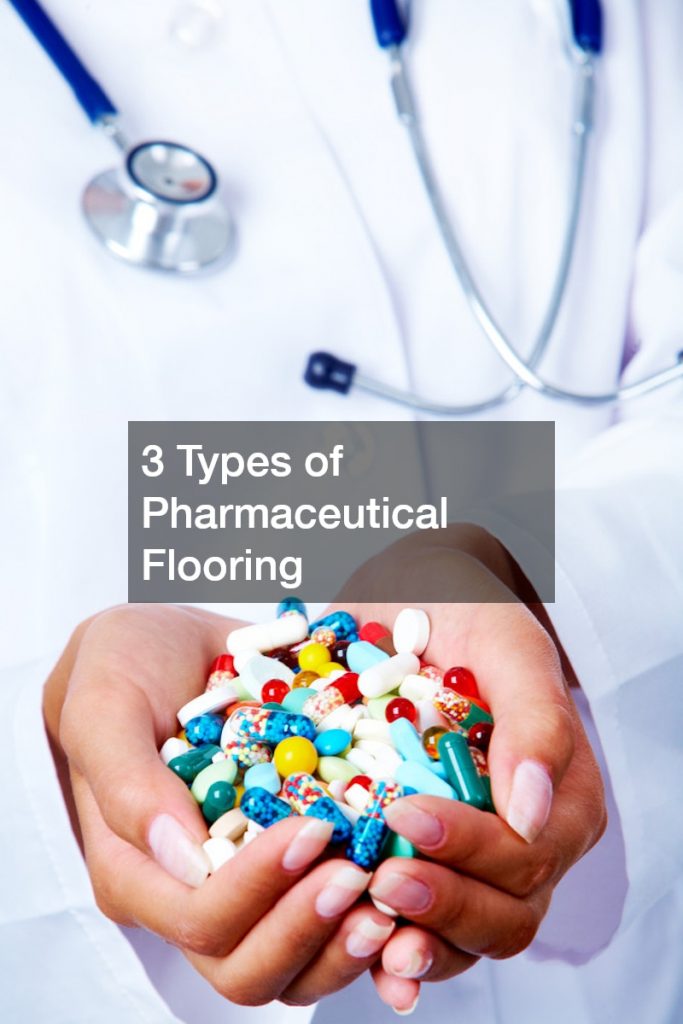In the pharmaceutical industry, choosing the right flooring is essential for maintaining clean, safe, and efficient facilities. Floors must resist chemical exposure, support rigorous cleaning, and prevent contamination. Here are three common types of pharmaceutical flooring.
1. Epoxy Flooring
Epoxy flooring is a popular choice due to its durability, seamless finish, and resistance to chemicals. The non-porous nature of epoxy prevents the buildup of dust and bacteria, making it ideal for sterile environments.
It also withstands heavy foot and equipment traffic, making it perfect for laboratories, production areas, and warehouses. The ease of cleaning and maintenance further enhances its suitability for pharmaceutical use.
2. Vinyl Flooring
Vinyl flooring offers excellent flexibility and affordability. It is available in various designs, including sheets and tiles, and can be installed with a seamless finish to minimize dirt and germ accumulation. Vinyl is slip-resistant and provides a cushioned surface, reducing fatigue for workers. While it’s not as durable as epoxy, its cost-effectiveness makes it a viable option for areas with lighter traffic or less exposure to harsh chemicals.
3. Polyurethane Flooring
Polyurethane flooring is another highly durable option often used in pharmaceutical settings. It offers superior resistance to UV light, chemicals, and temperature fluctuations, making it suitable for areas where exposure to harsh conditions is common. Polyurethane floors also offer a slight flexibility that can handle impact without cracking, making them ideal for high-traffic areas.

When selecting pharmaceutical flooring, consider the specific needs of your facility, including exposure to chemicals, foot traffic, and cleaning requirements. The right flooring will enhance safety, cleanliness, and longevity in your pharmaceutical environment.
